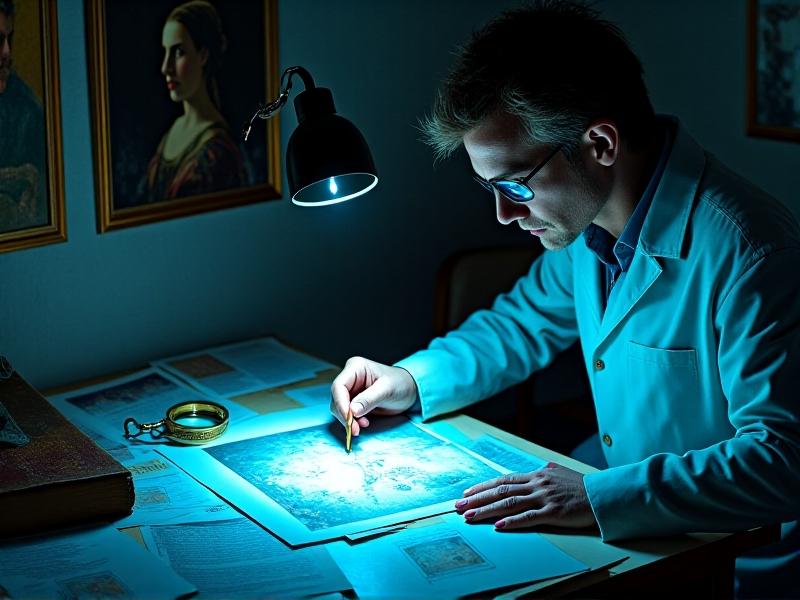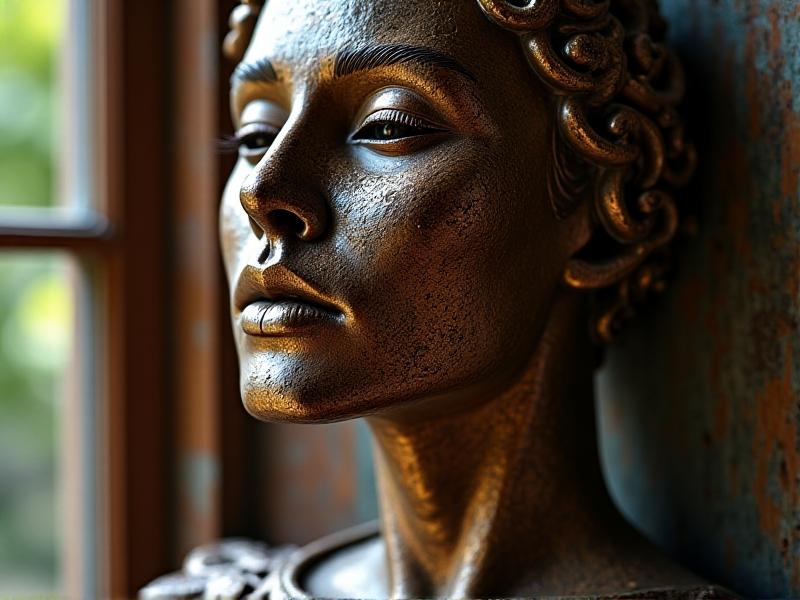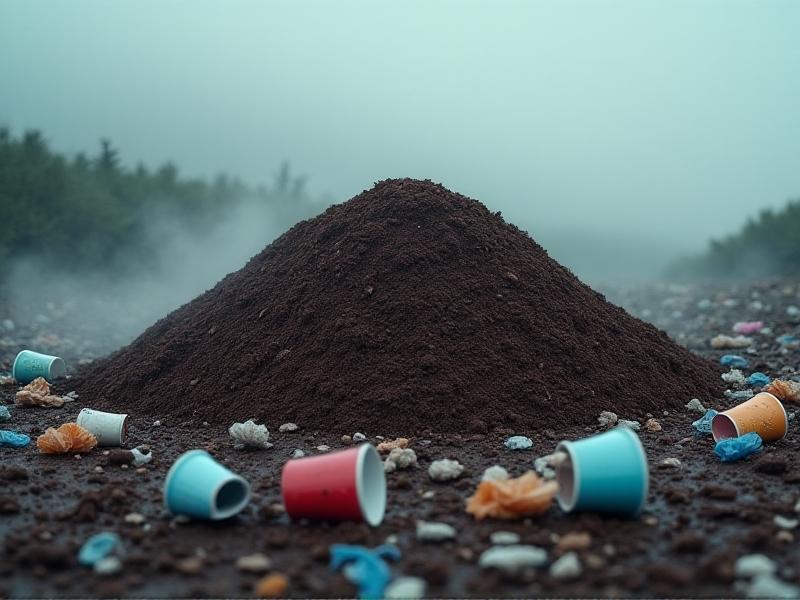The Authenticity Premium: Documenting Provenance for Value
The Historical Roots of Provenance

Long before blockchain or digital certificates, the concept of provenance was etched into human history through rudimentary yet deliberate methods. Ancient Mesopotamian merchants inscribed clay tablets with transaction details, while medieval guilds stamped their crafts with marks to signify origin. These early practices weren’t just administrative—they were foundational to trust in trade. For example, Egyptian tomb artifacts often bore hieroglyphs indicating their creators, serving both as a signature and a deterrent against theft. By the Renaissance, provenance documentation evolved into a tool for elevating art’s cultural and financial value, with artists like Michelangelo signing works to authenticate their genius. This historical thread reveals a universal truth: documenting origins has always been intertwined with perceived value.
Provenance in Art and Antiquities: A Legacy of Trust

The art world’s reliance on provenance is unparalleled. A painting’s journey—from studio to collector, through wars, thefts, and rediscoveries—can multiply its worth exponentially. Consider the 2017 sale of Leonardo da Vinci’s *Salvator Mundi*: its $450 million price tag was justified not just by its artistry but by its storied past, including ownership by British royalty. Conversely, looted artifacts repatriated to countries like Greece or Nigeria often lose auction value but gain cultural significance. Institutions like the Getty Museum now employ provenance researchers to audit collections, responding to ethical demands. Yet gaps remain; Nazi-looted art still surfaces in lawsuits, underscoring how incomplete records can haunt markets. Here, provenance isn’t just a history lesson—it’s a moral compass.
Technology’s Role in Modern Provenance Tracking

Blockchain has emerged as a game-changer, offering tamper-proof trails for goods ranging from conflict-free diamonds to organic cotton. Companies like Everledger use distributed ledgers to track gemstone origins, while IBM’s Food Trust network traces produce from farm to shelf. AI complements this by analyzing brushstrokes or materials to detect forgeries—a task once reserved for human experts. Even IoT sensors now monitor shipping conditions for luxury wines, ensuring temperature logs become part of a bottle’s provenance. These tools democratize trust, allowing consumers to verify claims instantly. Yet reliance on tech raises questions: Who controls the data? Can algorithms replace nuanced human judgment? The answer lies in hybrid systems where technology supports, but doesn’t overshadow, ethical curation.
Challenges in Establishing Authenticity

Despite advancements, forging provenance remains a lucrative black market. Wolfgang Beltracchi, a notorious art forger, fabricated entire backstories for his works, fooling experts for decades. In luxury markets, “superfake” handbags replicate serial numbers and certificates, challenging even seasoned authenticators. Legal frameworks struggle to keep pace; ownership laws vary globally, and disputed items often linger in legal limbo. Moreover, marginalized communities—such as Indigenous artisans—frequently lack resources to document their creations formally, leaving them vulnerable to exploitation. Solutions require collaboration: standardized international databases, forensic advancements, and amplifying grassroots efforts to record cultural heritage. Authenticity isn’t just about proving what’s real—it’s about addressing power imbalances in who gets to define it.
The Consumer Shift Toward Ethical Transparency
Today’s buyers demand more than quality—they want stories aligned with their values. A 2023 Nielsen study found 73% of millennials will pay more for sustainably sourced goods. Apps like Provenance and Good On You let users scan items to view ethical ratings and supply chain insights. Fashion brands like Patagonia now embed QR codes in tags, sharing details about factory conditions and material origins. This shift isn’t merely transactional; it reflects a broader cultural move toward accountability. However, greenwashing remains rampant, with vague terms like “artisanal” or “natural” clouding realities. Educating consumers to scrutinize claims—and rewarding brands for radical transparency—will determine whether this trend fosters genuine change or becomes another marketing veneer.
Future Trends: Provenance as a Cultural Cornerstone
As climate and social crises intensify, provenance could evolve from a niche concern to a societal imperative. Imagine urban development projects requiring blockchain-verified histories of land use or AI curating personalized provenance narratives in museums. NFTs have already introduced programmable ownership trails for digital art, hinting at broader applications. Meanwhile, grassroots movements are reclaiming provenance as a tool for justice—Indigenous groups using 3D scanning to repatriate sacred objects, or farmers encoding crop data into smart contracts. The future premium on authenticity won’t just be financial; it will reflect our collective commitment to preserving truths in an increasingly fragmented world. Provenance, then, becomes more than a record—it’s a legacy.








